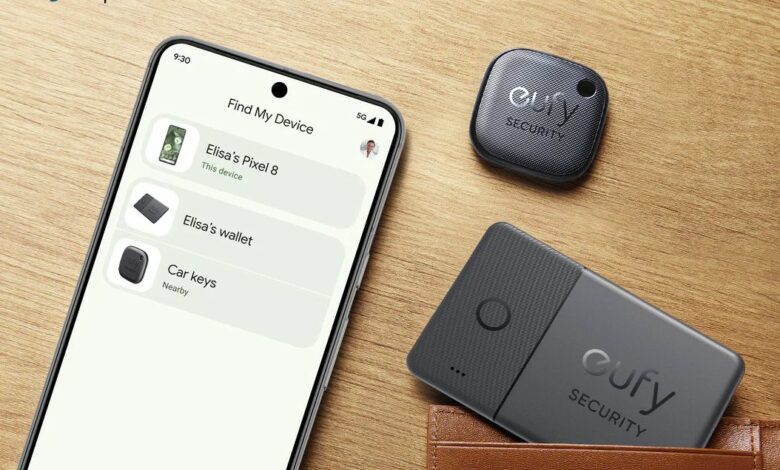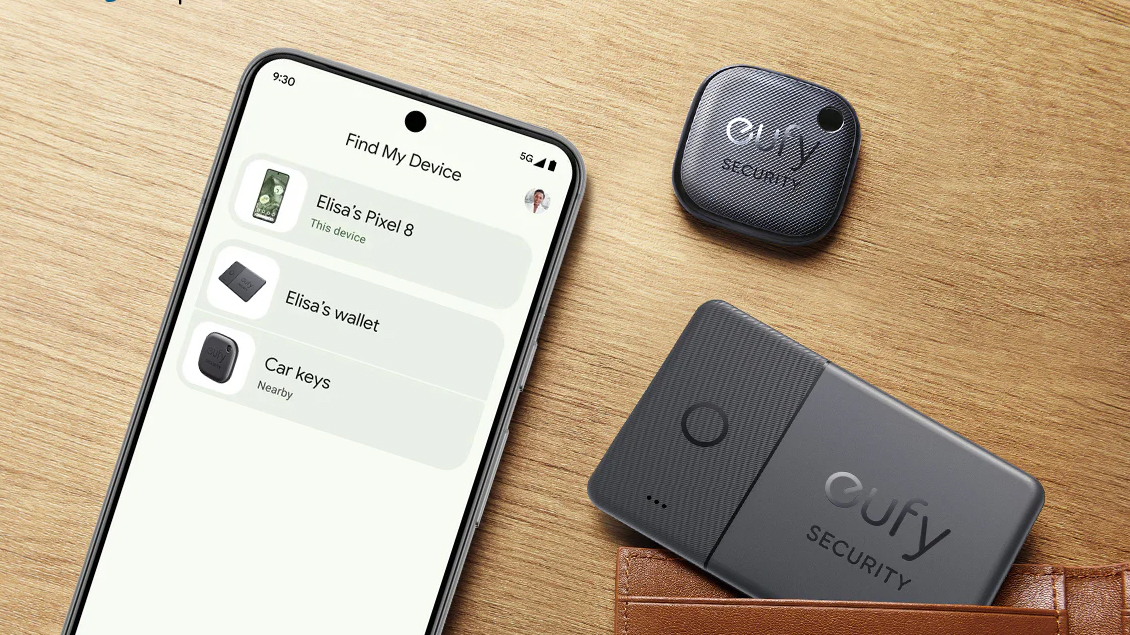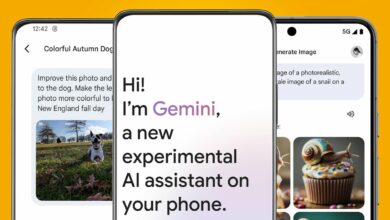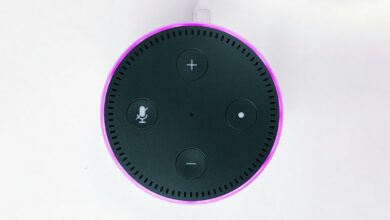Google’s Find My Device network took another hit as Eufy delayed its AirTag rivals


When Google launched its rebooted Find My Device in April, several companies announced new Bluetooth trackers that would work on the network. There was quite a bit of hype surrounding these gadgets, as the tech giant’s service was said to be powerful enough to track lost items anywhere in the world.
But now, three months have passed and Google’s Find My Device feature is running into a number of issues.
First, Eufy, one of the brands committed to supporting the network, has quietly delayed the release of its Bluetooth trackers. The company updated a blog post from April with a line stating that the SmartTrack Link for Android and SmartTrack Card for Android will launch sometime in late 2024.
9to5Google points out that the gadgets were originally set to launch in June 2024, but that detail was unsurprisingly removed from the post. The vagueness of the new date doesn’t inspire much confidence in us.
Eufy tells readers that “more details about both devices are available” on its website. However, when we looked, there was nothing to be found except product listings for the iOS versions of the two SmartTrack models.
This could be a hint from Eufy, who states that the Android devices will not be radically different from their iOS counterparts. The accompanying image even shows an identical design.
In addition to the missing trackers, the network’s performance has been called into question. Reddit user chiselpow recently compared a Pebblebee Find My Device tracker to an Apple AirTag to see how well the two could transmit location. While the results were far from conclusive or scientific, they were interesting nonetheless.
They found that the AirTag was better at continuously updating its location over a long distance, while the Find My Device tracker was not. The latter took much longer to update. Another oddity was discovered in the service’s software, which may have reduced the effectiveness of the network.
9to5Google recently discovered that Find My Device’s default setting only allows it to work “in high-traffic areas.” This means that “multiple Android devices” must detect a lost item “before its location is shared with you.” That might explain why chiselpow couldn’t find their Pebblebee tag: there were no other Android smartphones in the vicinity of the tracker.
Google defends its decision to make the high-traffic option the default, as this “makes it harder for unwanted tracking to a private location, like your home.” Users can change the protection level to work in all areas via the Find My Device settings if they prefer more robust protection.
For those interested in Bluetooth trackers on Android, Pebblebee’s Clip is a solid option. If you don’t mind waiting a bit, Motorola is set to launch its Moto Tag next month.
To get the most out of it, you’ll need a smartphone. So check out TechRadar’s list of the best Android phones for 2024.




